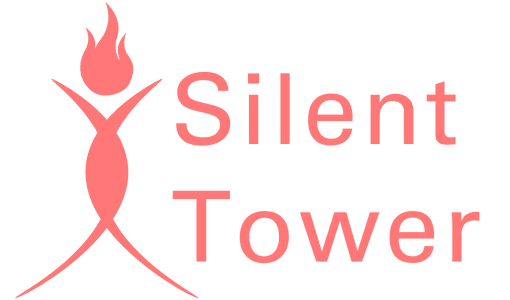This article marks the culmination of Silent Tower’s four-part leadership series, exploring the full evolution of a leader — from inner clarity to organizational transformation. While previous pieces focused on emotional infrastructure, coherence, and self-mastery in isolation, this one ties them together into a unified arc. What follows is a map of leadership that begins with the self and ends with the systems we leave behind.
Phase 1: Mastering the Self
Leadership begins within. Before managing systems or people, leaders must learn to lead themselves. This phase is about uncovering your own patterns, biases, and emotional triggers. At Silent Tower, we call this Integrated Transformational Leadership (ITL) — an approach that expands emotional intelligence, cultivates mindfulness, and clarifies personal purpose.
Self-mastery requires a deep commitment to growth. Leaders must ask:
- Am I aware of the emotions behind my decisions?
- Do I pause or react when triggered?
- How do my inner patterns ripple through the organization?
When leaders reach inner alignment, they lead with authenticity — and authenticity builds trust. That trust becomes a mirror, inviting others into their own transformation.
- Identify emotional triggers and journal how they shape your responses and decisions.
- Practice intentional pauses in moments of tension to stay grounded and present.
Phase 2: Building Coherence
Once the inner foundation is laid, the next step is outward: shaping environments where clarity and alignment become the norm. This is the art of organizational coherence — a state where people not only understand their roles, but are energized by the deeper “why” driving the mission.
True coherence dissolves silos and eliminates misalignment. It creates channels for focus, without ego-driven interference or emotional volatility.
Consider Bridgewater Associates. Founder Ray Dalio introduced the concept of radical transparency, where difficult truths are not avoided but addressed openly. This approach birthed a culture rooted in clarity and aligned action — where each voice is connected to the greater vision.
- Create a clear and compelling vision — and be equally honest about risks, limitations, and what’s evolving.
- Hold regular forums where ideas and concerns are shared transparently.
- Examine how much of your strategy is subtly shaped by emotion: jealousy, status, control, or fear.
Phase 3: Designing Emotional Infrastructure
With coherence in place, mature leaders recognize a deeper layer: emotional infrastructure. This refers to the systems, norms, and practices that foster psychological safety, trust, and collaboration.
Under Satya Nadella’s leadership, Microsoft shifted from a competitive, siloed culture to one rooted in empathy and inclusion. Nadella embedded emotional intelligence into Microsoft’s DNA — transforming the company through a growth mindset, open communication, and shared success.
Leaders at this stage know: innovation thrives when humans feel safe, seen, and supported. Emotional infrastructure isn’t just a soft layer — it’s a strategic foundation.
- Develop feedback loops that balance honest critique with heartfelt appreciation.
- Train managers to spot burnout early and respond with care.
- Create containers where disagreements and mistakes are framed as learning opportunities — not threats.
Phase 4: Orchestrating Systems for Collective Impact
The final arc of leadership is system orchestration — designing living, adaptive systems that scale intelligence, values, and purpose beyond the individual.
With inner mastery, coherence, and emotional architecture in place, leaders begin seeing their organizations as ecosystems. They ask:
- How do all parts of this system interact?
- What behaviors are being unconsciously reinforced?
- How can we build for resilience, adaptability, and integrity?
Under Paul Polman’s leadership, Unilever redefined its mission around sustainability and equity. By embedding those values into every layer — from supply chain to product design — Unilever became more than a business. It became a global force for good. This is what happens when system design and purpose align.
- Map your organization’s flows — operational, but especially emotional. Identify tensions, gaps, or hidden bottlenecks.
- Design systems that balance efficiency with empathy, driving long-term resilience rather than short-term wins.
The Journey from Me to We
The path from self-mastery to system mastery is the true arc of leadership. It’s the shift from internal growth to collective elevation. From personal purpose to organizational evolution.
And the arc is never truly linear. Inner mastery fuels better systems, while better systems deepen self-awareness. The best leaders don’t simply control outcomes — they orchestrate potential.
They align their inner and outer worlds. They build cultures that breathe. They create structures that outlive them.
This Is the New Arc of Leadership
At Silent Tower, we guide leaders through every stage of this evolution — from personal clarity to systemic intelligence. Our frameworks are designed to meet you wherever you are, and move with you as you grow.
The first step — self-mastery — is already a rare path. But those who choose to walk the full arc discover something profound:
Step into the arc. The future is waiting.

